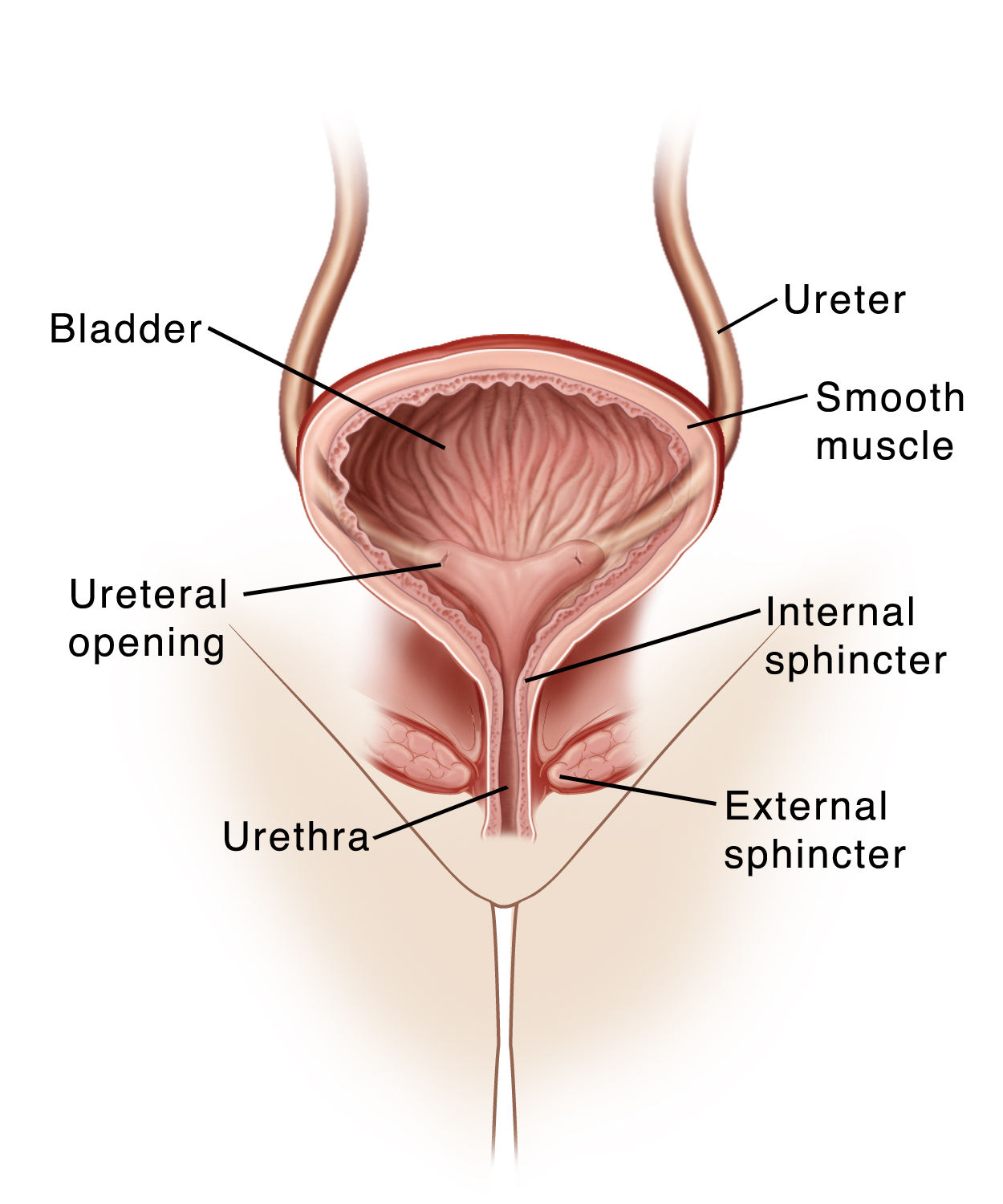You Don’t Have to Live with a Leaky Bladder
January 2015
You Don’t Have to Live with a Leaky Bladder
It might happen when you sneeze—or maybe when you exercise. It might happen so fast you aren’t able to make it to the bathroom. Living with a leaky bladder—or urinary incontinence—can be frustrating at the very least. The American College of Physicians (ACP) recently looked at some of the best ways—other than surgery—to help women with this condition.
Top treatments
Many women struggle with urinary incontinence. The most common type is stress incontinence. It’s when a little urine leaks out because a certain movement—such as coughing—pushes on your bladder. Other women may have urge incontinence, or an overactive bladder. This kind causes a sudden urge to urinate when you don’t expect it.
To help women with these problems, the ACP recently pored over the latest research on treating urinary incontinence. They focused on choices that didn’t involve surgery. From their review, they were able to pinpoint some of the most effective therapies. One of the best for stress incontinence was pelvic floor muscle training, or Kegel exercises. These can build up the muscles that help you control urination.
For women with an overactive bladder, bladder training may be the answer. It can help you gradually hold more urine over time. It includes going to the bathroom on a set schedule. Certain medicines may work, too. But they may cause unpleasant side effects, such as dry mouth and constipation.
Other options
Urinary incontinence often stems from pregnancy or childbirth. Having a baby can weaken a woman’s pelvic muscles. Certain health problems can also cause it, such as a stroke or a brain injury. Some medicine may even be the culprit.
To help decide on treatment, your doctor may first address what is causing your leaky bladder. For instance, he or she may change your medicine if that seems to be the problem. Simple lifestyle changes may also make a difference. You may need to limit your fluid intake. Another possible solution: cutting out caffeine and alcohol. They can irritate your bladder.
If you have stress incontinence and these steps don’t work, your doctor may finally recommend surgery. The sling procedure is one of the most common surgical choices. A small piece of tissue or mesh is added to the urethra. That’s the tube that moves urine out of your body. This sling helps the urethra close as it should.
How much do you know about urinary incontinence? Take this quiz.
How to Do Kegel Exercises
Kegel exercises have helped many women deal with stress incontinence. They don’t need any special equipment. Plus, you can do them almost anywhere without anyone noticing.
Try each of the exercises below. When you’re doing them, avoid moving your leg, buttock, or stomach muscles.
While you’re urinating, try to stop the flow of urine. Start and stop it as often as you can.
Contract as if you were stopping your urine stream, but do it when you’re not urinating.
Tighten your rectum as if trying not to pass gas. Contract your anus, but don’t move your buttocks.
Hold each Kegel for a slow count to five. You probably won’t be able to hold them for that long at first, but keep practicing. It will get easier as your pelvic muscles grow stronger.
Online resources
Updated:
March 21, 2017
Sources:
Clinical Management of Urinary Incontinence in Women. L. Hersh and B. Salzman. American Family Physician. 2013;87(9):634-40., Nonsurgical Management of Urinary Incontinence in Women: A Clinical Practice Guideline from the American College of Physicians. Amir Qaseem, et al. Annals of Internal Medicine. 2014;161(6):429-46., Treatments for Urinary Incontinence in Women. D. Seehusen. American Family Physician. 2013;87(10):726-8.
Reviewed By:
Turley, Ray, BSN, MSN
